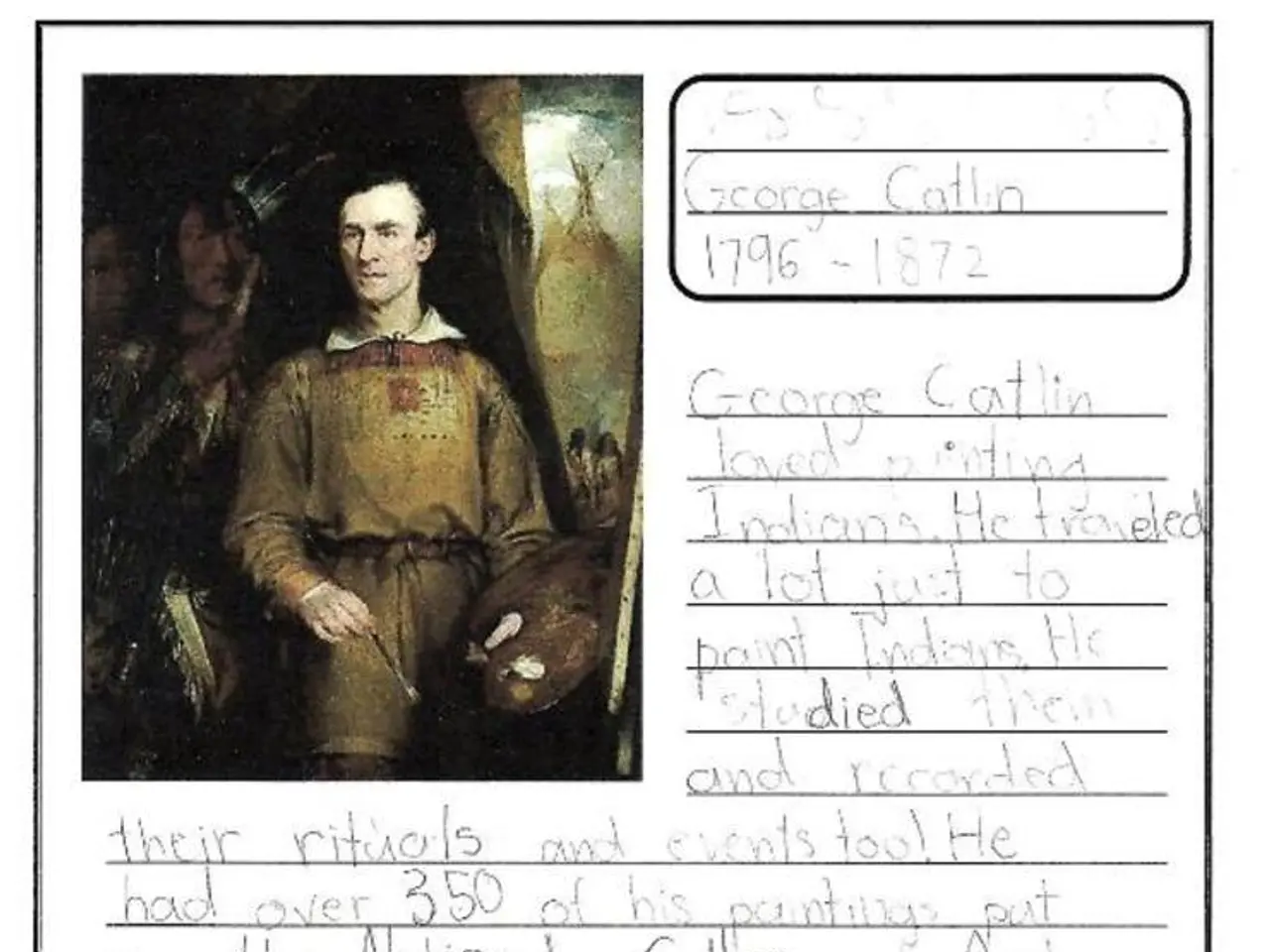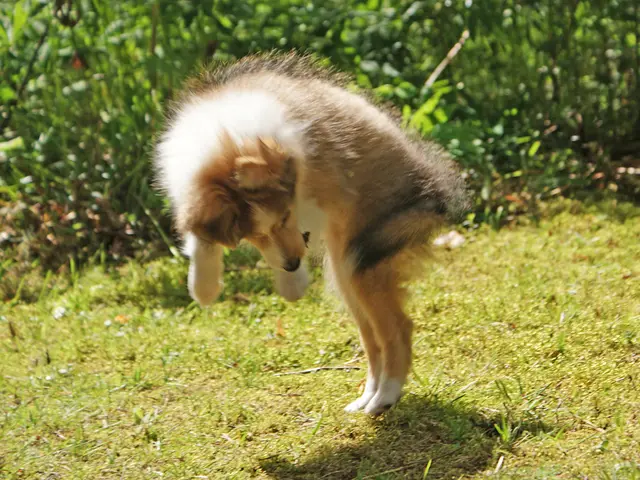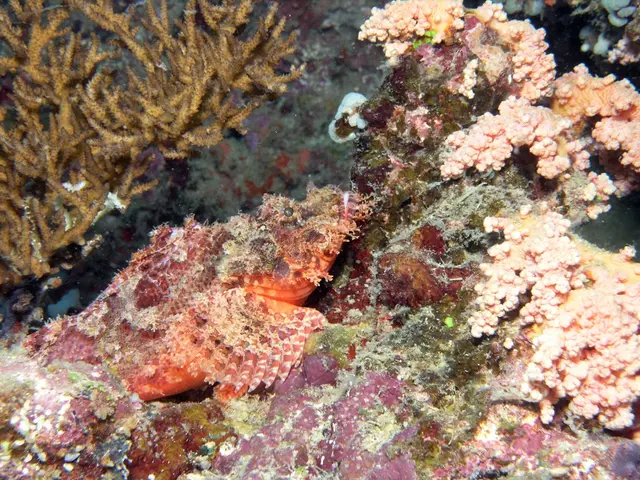History's Perplexing Archaeological Riddle Solved by Artificial Intelligence After Baffling Specialists for Several Decades
In a groundbreaking collaboration between Yamagata University and IBM Research, a team of researchers has made a significant discovery in the Peruvian desert. Over 300 previously unknown Nazca geoglyphs have been confirmed between September 2022 and February 2023, shedding new light on the ancient Andean culture that created these enigmatic figures.
The AI-assisted survey not only improves the mapping of known figures but also highlights potential hot spots for future discoveries. The findings suggest that the Nazca geoglyphs served a dual-purpose landscape for both intimate, localized rituals and broader, communal pilgrimage activity.
The team fine-tuned a model pre-trained on conventional photographs, enhancing it with custom algorithms to scan the imagery in 5-meter grids. This approach allowed the AI system to detect relief-type figures that have eluded human researchers for decades. Many geoglyphs cluster in narrative scenes, such as humanoids interacting with animals or symbolic decapitation motifs.
The relief-type geoglyphs are often located within 43 meters of ancient foot trails, providing valuable insights into the movement and rituals of the ancient people who created these figures. Over 80% of the new finds depict human-modified subjects, further supporting the idea that these geoglyphs were deeply rooted in the culture and beliefs of the Nazca people.
The discovery was detailed in a peer-reviewed study published in PNAS. The researchers, including Reijiro Watanabe from Yamagata University and Pedro O. Pinheiro from IBM Research, spent more than 2,600 labor hours on screening and field verification, examining over 47,000 AI-flagged image boxes.
Maria Reiche, a German mathematician and Nazca researcher, posited that many geoglyphs were tied to ritual processions. These new findings support her theory, as the geoglyphs often depict scenes that seem to tell a story or represent a sequence of events.
However, the Nazca geoglyphs, designated a UNESCO World Heritage Site, face growing threats from climate change, unauthorized vehicle incursions, and flash flooding. Preserving these fragile expressions of ancient Andean culture is now as much about data as it is about dirt.
The AI system doesn't replace the archaeologist, but it radically expands what's possible, especially in places as vast and harsh as the Peruvian desert. A geoglyph probability map was generated, helping archaeologists prioritize field surveys. Roughly 1,000 AI-flagged candidate sites still await verification, and many trails only partially mapped, suggesting hundreds more figures may remain undiscovered.
This discovery underscores the potential of AI in archaeology, opening new avenues for research and conservation in the study of our past.
Read also:
- projected growth for the natural acetoin market: $291.6 million by 2034
- Latest Edition of Bus-News Magazine Arrives for 2023!
- Testing the Camp Mode of the 2025 Tesla Model Y with Juniper's interior housing two kids, shockingly low CO2 levels were discovered.
- Demonstrating Carbon Storage in Agricultural Forestry through Digital Monitoring and Verification








